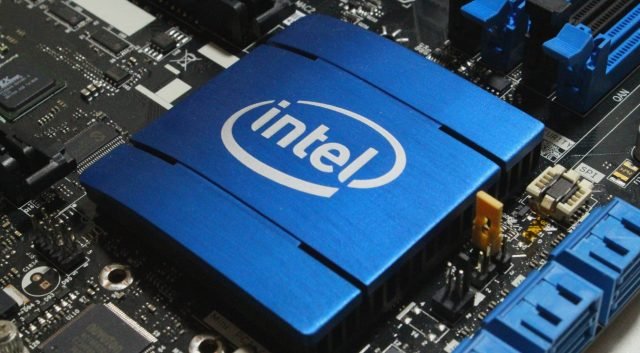Intel and Wind River announced that they are jointly developing a 5G vRAN solution that integrates Intel FlexRAN reference software for systems fueled by the Intel Xeon Scalable processors with built-in AI acceleration.
 Wind River’s 5G vRAN solution also features Intel Ethernet 800 Network Adapters and the Intel vRAN Dedicated Accelerator ACC100 in concert with Wind River Studio.
Wind River’s 5G vRAN solution also features Intel Ethernet 800 Network Adapters and the Intel vRAN Dedicated Accelerator ACC100 in concert with Wind River Studio.
The number of 5G connections reached 298 million in Q1 2021. The number of 5G networks deployed reached 172, according to 5G Americas.
The collaboration will expand on these innovations by optimizing new capabilities delivered with future next generation Intel Xeon Scalable processors (Sapphire Rapids). The joint solution builds on work by Intel and Wind River on Verizon’s 5G milestone to complete the world’s first end-to-end fully virtualized 5G data session.
Mobile operators have cited the following as typical key challenges for vRAN: systems integration (58 percent of responses), operational complexity of multi-vendor vRAN (46 percent), and edge cloud server performance (36 percent), according to a Heavy Reading study.
Mobile operator customers and vRAN solution providers will be able to review evaluation packages consisting of Intel FlexRAN reference software pre-integrated with Wind River Studio to simplify and accelerate customer trials and deployments of 5G vRAN.
This offering expands upon the recently introduced Intel Select Solutions for Virtual Radio Access Network (vRAN) on Wind River Studio, said Kevin Dallas, president and CEO at Wind River.
“As operators realize the benefits and embrace a virtualized, software-defined architecture, our products, ecosystem, and years of experience help accelerate this shift to flexible, agile networks,” said Dan Rodriguez, Intel corporate vice president and general manager, Network Platforms Group.
Wind River is a leader in the early 5G landscape, powering 5G RAN deployments, and Wind River Studio capabilities address operators’ complex challenges in deploying and managing a physically distributed, ultra-low-latency cloud-native infrastructure.
